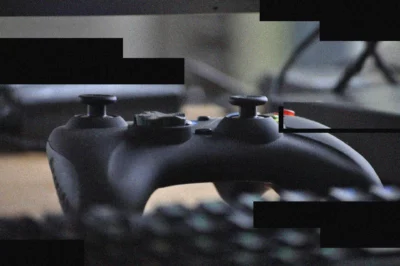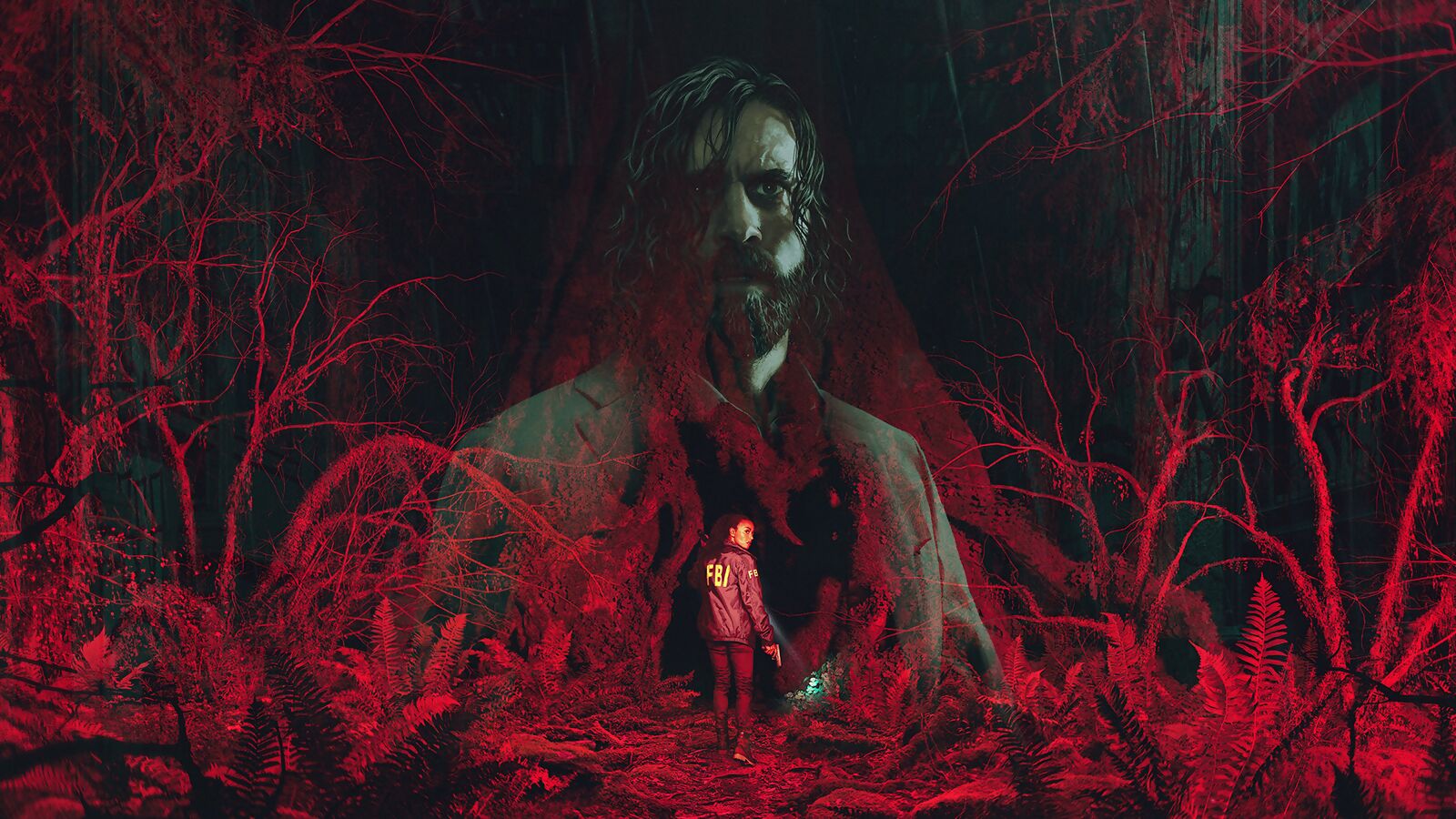
Co-director Kyle Rowley talks exclusively to us about the decade-long development of Alan Wake 2. Here’s our preview.
It’s been 13 years since the original release of Alan Wake. Emerging the exact same week as Rock Star’s Red Dead Redemption, it marked a murkier, horror-infused change of direction for Remedy Entertainment, the developer previously best known for the bullet-strewn Max Payne. About a crime novelist searching for his missing wife, Alan Wake unfolded like a Twin Peaks-esque waking dream.
Although its sluggish pace and level design felt slightly dated, it remained an original and frightening game, and left an indelible mark on both the games industry and players’ undergarments. In what other game could you hear your character reference The Shining while a hillbilly hacks through a door with an axe, Jack Nicholson style?
Following several unsuccessful attempts to wake Alan up for another run, Alan Wake 2 is almost here. Talking to me via Zoom, and sharing his memories of the original game, is Kyle Rowley, who’s been co-directing the much-anticipated sequel with legendary writer Sam Lake.
“I’ve loved Remedy games since the original Max Payne,” Rowley tells us. “When I first played Alan Wake, I remember I played it for a couple of hours up until the Stucky sequence. And I noped out of it. I was like, ‘This is too scary.’
“After I’d kind of numbed myself through Resident Evil games, I came back to it, and I really appreciated the way that the story was told. That kind of small-town Americana, Twin Peaks, Stephen King-ness of it was unique. So I remember finishing it and thinking, ‘This really pushed the way we tell stories [in] games forward.'”
At the time, Rowley was rising through the games industry ranks, eventually landing a position at Remedy as Quantum Break’s senior designer. Little did he know that, just a few short years later, he’d be helping to bring Alan Wake 2 to life.
Read more: Max Payne | Producer Scott Miller on the making of a classic
It takes two
In the time since the original Alan Wake, such games as The Stanley Parable, The Last of Us Part II and Hellblade have pushed the envelope of interactive storytelling. How, then, do you recreate the impact Alan Wake had on Rowley for modern, hard-to-please gamers a decade later?
This is, of course, what Lake was trying to figure out for the better part of a decade before Rowley joined in, and the result is a dual narrative akin to the somewhat controversial Last Of Us Part II. But following two protagonists – FBI Agent Saga Anderson as well as Alan Wake himself – allows Remedy to share the sequel’s backstory and new ideas to newcomers as well as returning players.
“We were thinking about how we make sure this game is accessible for both fans of Alan Wake and other Remedy Connected Universe games, but also make sure that people who are new to the experience can enjoy it,” Rowley explains. “With Saga, she acts like this point-of-view character to the world: she doesn’t understand anything that happened – she’s just investigating these killings. And as she’s learning about stuff, the player learns with her.”
As Rowley reveals, the idea of two playable characters with intertwined destinies was already in place by the time he joined Remedy in 2019. But that was as far as it got. “We didn’t really have any idea about how we’re gonna execute it,” he admits. “We didn’t know that we were gonna have these two stories that you could flip between in any order you wanted.”
Of course, the entire concept of games with multiple playable characters isn’t particularly new. Besides the aforementioned The Last of Us franchise, there’s Rockstar’s groundbreaking Grand Theft Auto V, with its seamless character-switching mechanic that still holds up to this day, Watch Dogs 2, and more besides. Thankfully, Remedy has found a way to implement this feature without breaking Alan Wake’s core gameplay loop, while also giving it its own twist.
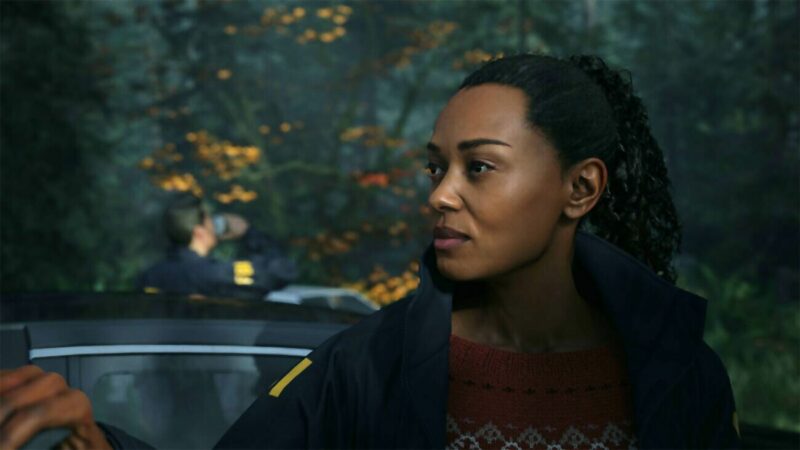
Writers’ rooms and mind palaces
Whether you’re playing as Alan or Saga, whenever you reach a Resident Evil-esque Break Room, you can jump between the characters with a click of a button. Not only that: you can play through one character’s side of the story pretty much to the end without missing out on Alan’s or Saga’s tale.
This isn’t the only thing Break Rooms are good for. Rowley explains that he and Sam really wanted to put players in the shoes of a no-nonsense FBI agent, so, the team gave Saga the ability to retreat into a metaphorical ‘Mind Place’ where players can overview and sort out clues in classic detective style (red string, suspects’ Polaroids, post-it notes and all).
“We wanted that mechanic, because it really allows the player to get invested in the story where they’re the ones moving the story forward,” he says. “They’re the ones piecing together the clues and figuring out what happened in the analogue world,”
That analogue world is where Alan, now all weary-eyed and sporting a shaggy haircut, has been stuck since the events of the original game.
If that sounds a bit like True Detective or David Fincher’s Zodiac, it’s because the nods are intentional. “We took inspiration from True Detective, for sure,” Rowley says. “Also, aesthetically, you get that slightly misty environment going on, even the type of car they’re driving is actually something that we took reference from [the show]. Different art direction pieces, the narrative pieces – all that comes from True Detective season one, especially in the early parts of Alan Wake 2, where we’re setting up these realistic serial killings that they’re investigating.”
Saga isn’t the only one who’s getting a nifty mechanic based on her choice of profession, however. Alan is now capable of rewriting some of the situations he’s in, allowing him to reshape dead ends and other obstructions into viable routes. This impressive reality-altering feat unfolds within the confines of The Writer’s Room, Alan’s version of the Mind Space. Inside the recesses of the tortured author’s mind, a chalkboard materialises, serving as a conduit for crafting new combinations of the scene.
In one memorable sequence from The Oceanview Hotel demo, the player enters a dimly lit, empty ballroom with nowhere to go. With quick access to the ‘Plot Board’ mechanic, ‘Haunted’ is added to the scene, and thanks to the super-fast SSDs of modern consoles, the room’s suddenly bathed in sinister reds. Then, after a quick in-game vision which gives Alan a clue as to the final form of this scene – this time it’s ‘The Devil’ – the room becomes filled with shadowy figures, while the walls are smeared with blood.
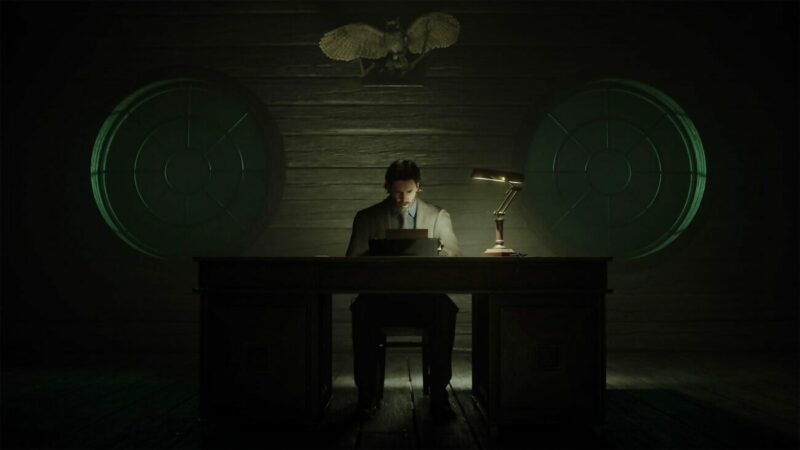
Experimentation
Watching this mechanic unfold in real-time is nothing short of a marvel, especially considering how it could be implemented to continuously mess with Alan’s already stricken psyche. But no matter how impressive it is – to feel like you’re in control of the protagonist’s story – it also raises some questions. For example, whether only one combination of the scene will allow you to progress in the story.
“We did experiment with different versions at one point,” says Rowley. “But we really wanted to make sure that when you got it right, it felt really meaningful. We put a lot of effort into making sure the right combination is the combination that feels the most rewarding to succeed in.
“So for the ‘Plot Board’ mechanic, even though there’s one direct critical pathway, if you do experiment with the different combinations, we do reward you with narrative content or progression items, or little nuggets of information that you may have not got if you didn’t do it.”
Naturally, it took some experimentation before Rowley and his team figured out how to integrate this novel mechanic into the gameplay loop. “It’s important for us at Remedy that any mechanic, no matter what it is, whether it’s burning away darkness from an enemy, flying in Control, or rewriting reality as Wake, feels good on the gamepad. And that was the struggle we had for a bit: ‘How can we make this idea of rewriting the story feel good to play?’ I’m very happy with where we ended up in the end. But it did take a lot of iterations.”
Perhaps the most noticeable change in this sequel – besides the double protagonists and the crystal-sharp graphical upgrade, powered by the in-house game engine Northlight – is the atmosphere.
Read more: Control review | Leaving Alan in its Wake?
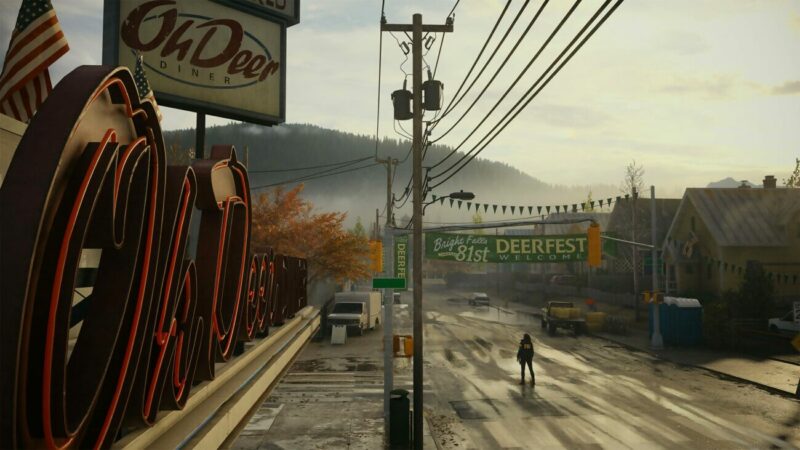
Many of horror
Those who played the original Alan Wake (or its 2021 remastered version) might remember it being alternately terrifying and action-packed, yet never quite committing to either tone. This time, Rowley explains, the team decided that Alan Wake worked best when it embraced its survival horror elements, with nods to the psychological horror mind games of filmmakers Ari Aster (Midsommar, Hereditary) and Robert Eggers (The Lighthouse) – and shed its action thriller DNA.
“In the first game, I feel like we had a strong horror narrative, but the gameplay was very action-focused. You know, we’d just come off doing Max Payne. That was what the studio was good at. So it made sense to lean into that again,” he says. “But it created this situation where the gameplay and the story we were trying to tell weren’t necessarily on the same wavelength. And that’s something we really wanted to fix for the sequel.
“Moving to survival horror means the gameplay’s a lot slower and we’re much closer to the character, so we can focus more on the world. We wanted to have less combat overall, but make that combat more meaningful, more memorable. By doing that, we bring the story we wanted to tell – which is definitely horror – and gameplay much closer together.”
If the sequel’s shift to full-on survival horror wasn’t made clear by Alan’s run-in with cold-blooded cult members in the Oceanview Hotel, you can see what Rowley means when playing as Saga. On her arrival in the eerie town of Watery, her mission soon takes a dark turn. Trekking through an eerie forest path gives the unsuspecting FBI agent a taste of the twisted reality that awaits her; in the best way, it has the same unsettling energy Resident Evil 4 players feel during its opening moments.
This feeling only intensifies when an axe narrowly misses Saga’s head, the shadowy culprit drawing closer and closer with each step. It’s just like the old days, then, but with meatier enemies and limited ammo.
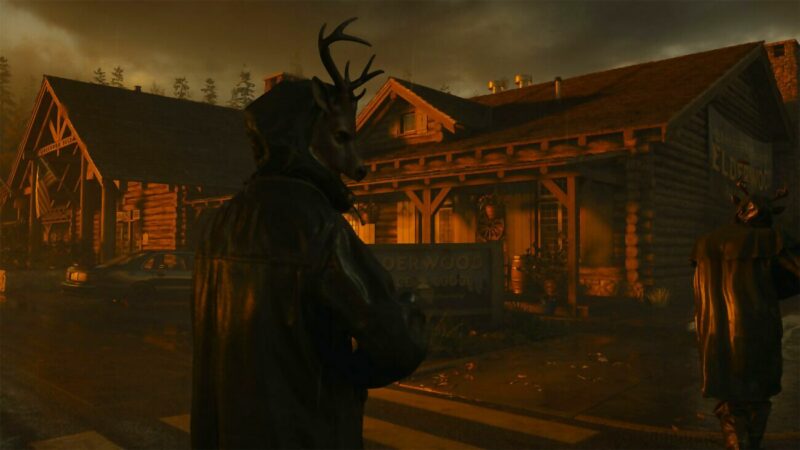
Going live
Another noteworthy introduction in Alan Wake 2 is its use of live-action footage. It’s something we last saw in Quantum Break, Rowley’s first Remedy project, which was met with some mixed reception. “We took a lot of risk on how we wanted to use live-action in Quantum Break,” says Rowley. “Maybe it didn’t come off a hundred percent, but we definitely learned a lot. I think that one of the things that we really wanted to do for Alan Wake 2 was to make sure those live-action sequences were more integrated into the meta-level narrative of the game.
“In The Dark Place, when you’re playing as Wake, we have a lot of layers of reality that Wake’s moving through on a story level. So it feels more integrated into the experience as a whole, rather than [it feeling] like you’re consuming two different forms of media.”
It’s hardly a secret that Sam Lake tried to make Alan Wake 2 happen for so long. The original pitch for Alan Wake 2 turned into Quantum Break. Another pitch eventually became Control. And while there’s enough evidence to suggest that Lake’s unwavering belief in this sequel is about to pay off – that Alan Wake 2 will be the quintessential Remedy game – I couldn’t resist asking Rowley whether Alan Wake 2 would look and feel the same if those initial pitches hadn’t been shot down by Microsoft and other publishers.
“All of those learnings and things that we’ve done in the past have definitely shaped Alan Wake 2 that we have right now, especially on the technology front,” he says. “You know, being able to press a button and instantly switch to a new location that you can walk around – we would not have been able to do that on the old generation of consoles.
“So yeah, I definitely think it wouldn’t have been possible to build the version of Alan Wake 2 that we have now had we done it back when we were originally thinking about doing it. Both me and Sam are pleased that this is the version we’ve ended up creating, because this is the best version it possibly could be.”
Alan Wake 2 is out on PC, PlayStation 5 and Xbox Series X/S on 27 October.


